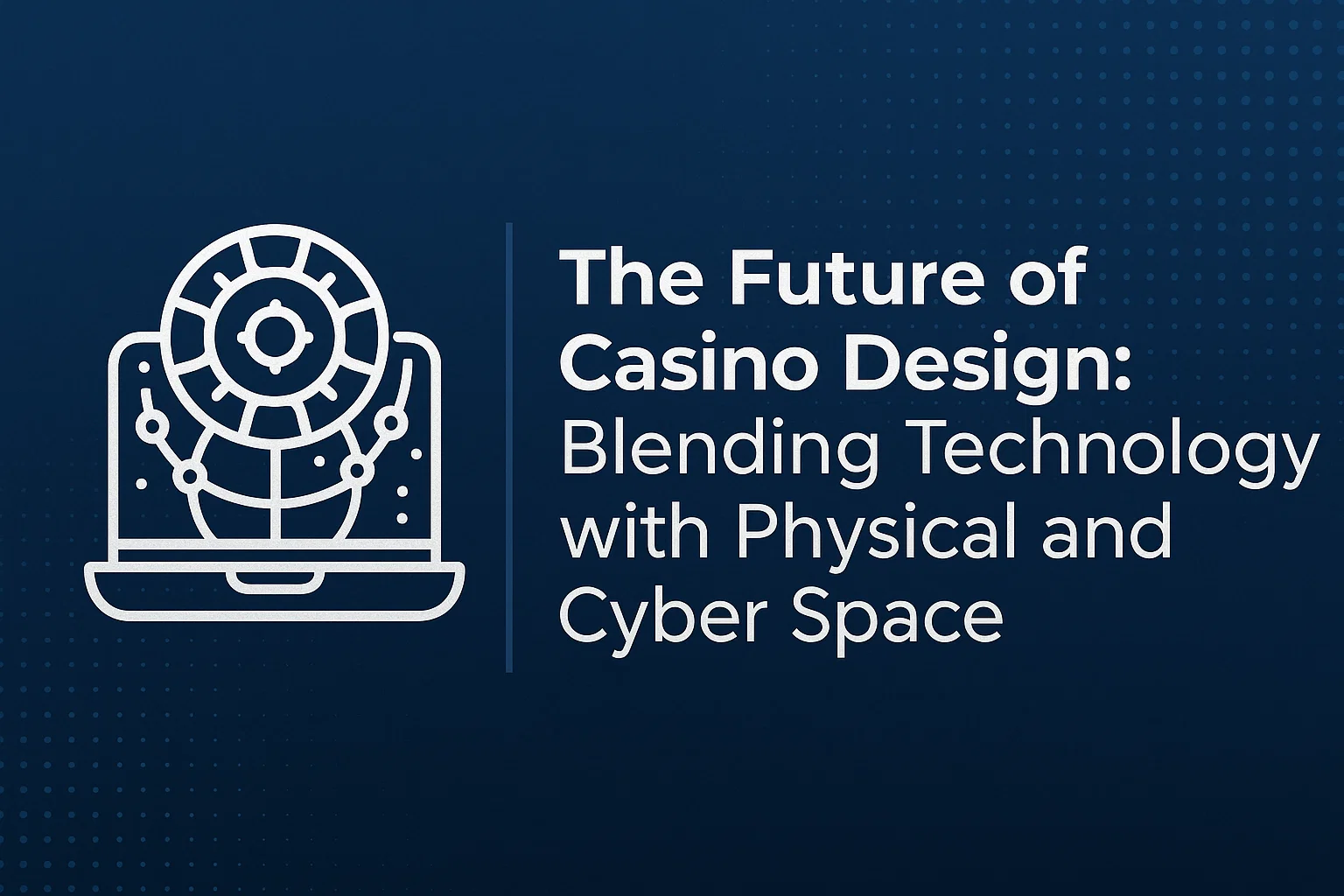
First, a casino was where one would go to socialize and unwind. Its design was meant to supply a pleasant environment. Elegance was the standard. Architects built magical places where everything was given considerable attention to make players feel comfortable. Both the sights, sounds, and textures were considered. Today, technology is redefining this concept, and playing an in-depth review is capable of directing players on what to expect. So, what is the future of online casino design for online and offline establishments in the United States?
Evolution of Virtual Casino Design
From an appearance point of view, user-customizable online casinos are now a reality. The player is able to personalize a lot of things to suit their tastes. As well as themes and colors, animations can be added to provide an immersive feel. On top of that, virtual and augmented reality are becoming increasingly popular. The user can choose their preferred visual setting and even interact with elements of the décor.
The main advantages of virtual casino design are:
- Personalization: ability to personalize the theme, colors, and sound effects by the player.
- Immersion: interactive, realistic experiences offered by VR and AR.
- Accessibility: access from anywhere without visiting a physical location.
- Variety: greater variety in slots, tables, and fresh games compared to land casinos.
- Convenience: immediate, secure payments through various methods such as cards, transfers, and e-wallets.
The level of personalization does not end at visual effects, with each action having a particular associated audio effect. Functionality and entertainment coexist beautifully.
All that a land-based casino requires to be operational is available on the Internet. Sure enough, there are the games: classic table games, slots, and some more experimental titles. The number is probably higher than most U.S. land-based casinos can offer. When participants win, they may withdraw their cash. In the real-world establishment, winnings will be withdrawn in cash.
On an online casino, payment is done online. Options are commonly credit cards, wire transfers, or e-wallets. Sophisticated technologies enable this. For example, on Neosurf's online casino, players may pay by prepaid card. This is convenient and secure, relying on prepaid systems for protection. Ultimately, players enjoy a real experience—without ever having to leave.
Evolution of Physical Casino Design
The gaming floors in modern casinos have cutting-edge equipment. LED walls and ceilings convert to immersive spaces that change over the span of a day. Interactive screens display dynamic animations that allow the casino environment to be customized.
The bigger establishments even use video mapping. With this technology, images and animations are projected on different surfaces—walls, floors, and even most famously gaming tables. The casino then becomes a stunning interactive space.
Sound design has also come a long way. Today, designers make use of 3D audio systems and directional sound units. Why? To create a totally integrated soundscape. Such systems can isolate audio effects, amplifying key points in the game to best effect. Think of a sound effect that becomes louder right when the action is hottest.
Conclusion
Casino design keeps changing. One of the largest trends is incorporating physical and digital environments. Land casinos borrow ideas from internet casinos, and vice versa. Players therefore never get the feeling that they do not fit in. Technology is revolutionizing the way American casinos operate—either in brick-and-mortar establishments or on the internet.
With the exception of décor, game developers are pushing boundaries with advanced technology to wed entertainment with security. Live dealer games today literally take the casino floor atmosphere right to the living room, complete with live croupiers running the show. The rules and gameplay are the same, but the playing area comes to you—wherever you happen to be.


